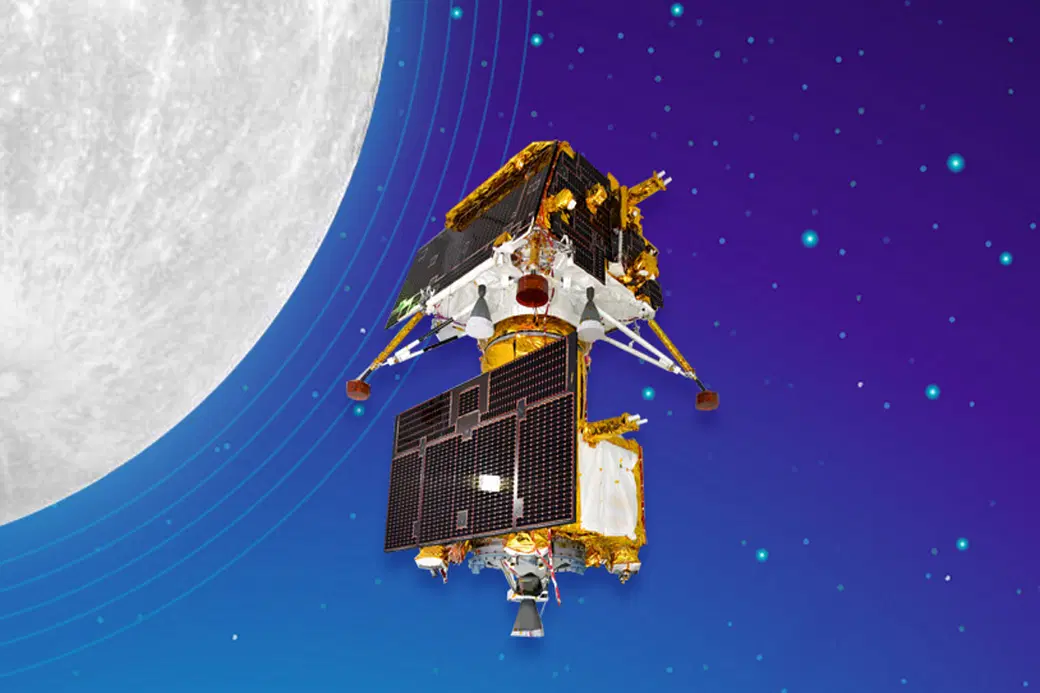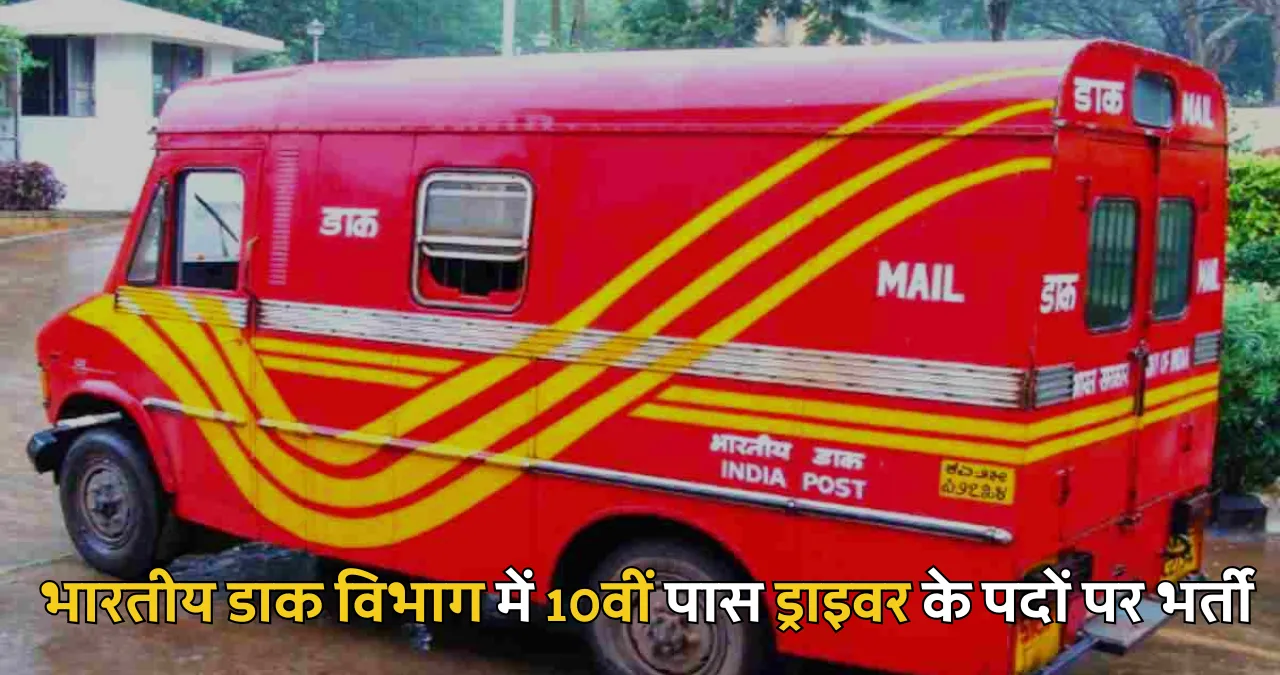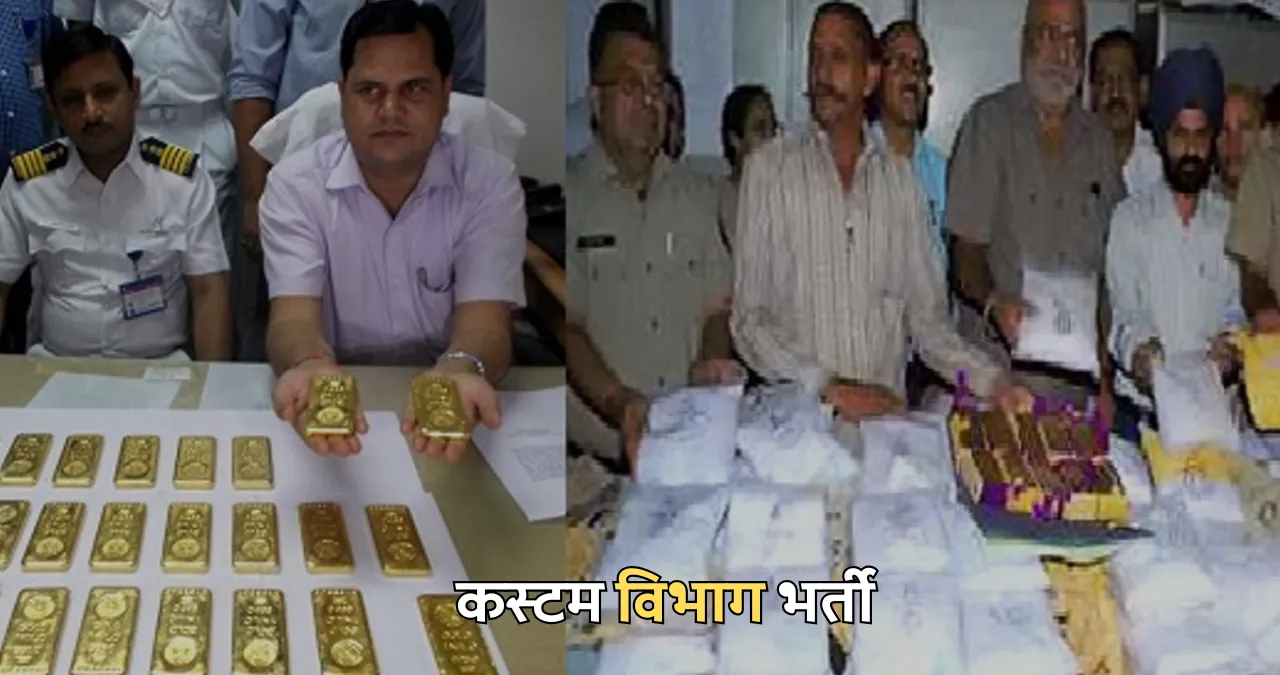Chandrayaan-3 landing What is a soft landing, why is India sending Chandrayaan-3 to the Moon and what happens after it successfully lands? We explain.

India’s Moon mission Chandrayaan-3 is set to enter its crucial final stage today, as it prepares to land on the lunar surface at around 6:04 pm. According to ISRO, as of August 22, the mission is on schedule and its live telecast will begin on Wednesday at 5:20 pm.
Much has been made of the fact that if the Lander accomplishes a ‘soft landing’ on the Moon’s south pole, it will make India the only country to do so. Once that happens, the rover, which is a small vehicle that is meant to move around on the Moon’s surface, will come out of the Lander.
Table of Contents
- 1 What is a soft landing, and why is Chandrayaan-3 landing on the south pole?
- 2 Why was Chandrayaan-2 unable to land correctly, and what has changed since then?
- 3 What needs to happen for Chandrayaan-3 to land successfully?
- 4 what happens after Chandrayaan-3 successfully lands on the Moon?
- 5 Chandrayaan-3 live chandrayaan 3 landing live
- 6 FAQ
- 7 Army Havildar Naib Subedar Vacancy: इंडियन आर्मी में 10वीं पास हवलदार और नायक सूबेदार के पदों पर भर्ती का नोटिफिकेशन जारी
- 8 India Post Driver Vacancy: भारतीय डाक विभाग में 10वीं पास ड्राइवर के पदों पर भर्ती का नोटिफिकेशन जारी आवेदन फॉर्म 14 दिसंबर से शुरू
- 9 Custom Vibhag Vacancy: कस्टम विभाग भर्ती का 10वीं पास के लिए नोटिफिकेशन जारी, आवेदन शुरू
What is a soft landing, and why is Chandrayaan-3 landing on the south pole?
According to ISRO, the mission’s three objectives are to demonstrate a safe and soft landing on the lunar surface, to demonstrate a Rover roving on the Moon and to conduct in-situ scientific experiments.
Soft landing simply means landing at a gentle, controlled speed to not sustain damage to a spacecraft. Amitabha Ghosh, a scientist for NASA’s Rover mission to Mars, “Imagine a spacecraft hurtling through space, at 10 times the speed of an airplane, having to nearly come to a standstill in order to land gently on the Earth — all in a matter of a few minutes and, more importantly, without any human intervention. This, in a nutshell, is a soft landing.”
Doing so showcases a spacecraft’s technical capabilities. The landing site is near the south pole of the moon at 70 degrees latitude.
All of the previous spacecraft to have landed on the Moon have landed in the region near the Moon’s equator, firstly because it is easier and safer here. The terrain and temperature are more conducive for a long and sustained operation of instruments. Sunlight is also present, offering a regular supply of energy to solar-powered instruments.

The polar regions of the Moon, however, are different. Many parts lie in a completely dark region without sunlight, and temperatures can go below 230 degrees Celsius. This creates difficulty in the operation of instruments. In addition, there are large craters all over the place.
Why was Chandrayaan-2 unable to land correctly, and what has changed since then?

Subsequent analyses reported that there were both software and hardware problems in 2019’s Chandrayaan-2. Isro chairperson S Somanath recently said the changes to the current mission were “failure-based.” He said, “Instead of a success-based design in Chandrayaan-2, we are doing a failure-based design in Chandrayaan-3 —we are looking at what can go wrong and how to deal with it.” Some of the changes that have been made are:
*Chandrayaan-2 lost control over its descent around 7.2 km from the surface of the Moon. Its communications system relayed data of the loss of control up to around 400 m above the surface. The Lander had slowed down to about 580 km/hr when it crashed.
A Lander does not have wheels; it has stilts, or legs, which are supposed to touch down on the lunar surface, the legs of Chandrayaan-3 have been strengthened to ensure that it would be able to land, and stabilise, even at a speed of 3 m/sec, or 10.8 km/hour.
*The prospective landing site has had its range increased. Instead of trying to reach a specific 500mx500m patch for landing as targeted by Chandrayaan-2, the current mission has been given instructions to land safely anywhere in a 4kmx2.4km area.
What needs to happen for Chandrayaan-3 to land successfully?

The critical technical manoeuvre that the Chandrayaan-3 Lander will have to perform on August 23 when it enters the final 15 minutes of its attempt to make a soft landing on the Moon will be to transfer its high-speed horizontal position to a vertical one — in order to facilitate a gentle descent on to the surface.
After Chandrayaan-2 failed in its soft landing mission, K Sivan, then chairman of ISRO, had described this as “15 minutes of terror”. It includes four phases:
1. The Rough Braking phase would include reducing the lander’s horizontal velocity from a range of 1.68 km/sec (more than 6,000 km/h) at a height of 30 km from the lunar surface, to almost zero for a soft landing at the designated site. This has to be done with precision, within certain durations. Read this explainer for a more detailed explanation.
what happens after Chandrayaan-3 successfully lands on the Moon?
Spacecraft are often carrying certain instruments and experiments with them (called payloads) that observe and record what is happening in Space. This information is then relayed to Earth for scientists to analyse and study.
The six payloads on the Vikram lander and rover Pragyan remain the same as the previous mission. There will be four scientific payloads on the lander to study lunar quakes, thermal properties of the lunar surface, changes in the plasma near the surface, and a passive experiment to help accurately measure the distance between Earth and the Moon. The fourth payload comes from NASA.
Chandrayaan-3 live chandrayaan 3 landing live
FAQ
When Chandrayaan-3 will be landed on moon?
23 august 2023
How can we see Chandrayaan-3 landing?
https://www.youtube.com/watch?v=DLA_64yz8Ss
Why is it difficult to land on the moon and south pole?
The bumpy landscape of the Lunar South Pole, covered with large craters, poses landing challenges. These difficulties are made even tougher by the dark lighting conditions during the spacecraft’s descent, despite the use of advanced sensors




